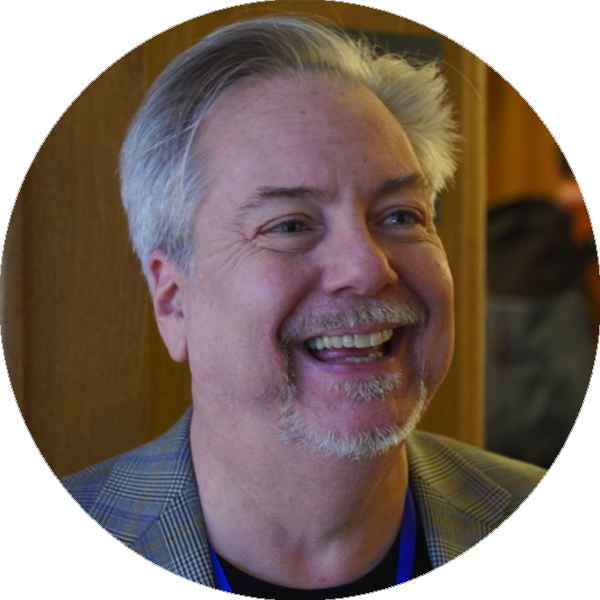

Intresset för Fasciabehandling växer: ”Fasciaproblem är ofta underdiagnostiserat”
- Fascia har varit en försummad del av medicin under en mycket lång tid men det blir allt mer erkänd som en viktig del i många muskuloskeletala störningar
- David Lesondak har arbetat med manuell behandling i över 25 år och specialiserat sig på myofasciell smärta. Han har länge försökt förklara vad fascia är, liksom fördelarna du får från att behandla olika problem med fascial behandling
- I en intervju på Fascia Research Congress i Berlin 2018 beskriver han grunderna för vad fascia är och vilka utmaningar den står inför i strävan efter erkännande inom det medicinska området
Transkibering av intervju med David Lesondak
Jag har behandlat kronisk smärta i 25 år nu och jag var en manuell terapeut i tio av dem. När jag upptäckte hur fascia fungerar, insåg jag att det var ett mycket mer tillförlitligt, effektivt och repeterbart sätt att hjälpa människor med sin kroniska smärta på, och lösa dem. Att helt enkelt få dem att försvinna, och att det förblir så.
Det är därför det är så viktigt att folk vet om det här. Fascia har varit en försummad del av medicinen under en mycket lång tid. I USA är det fortfarande avvikande, men det börjar bli allt mer erkänt som någonting att räkna med, och många muskuloskeletala störningar.
Eftersom det inte är särskilt enkelt att förstå, är problem med fascia ofta inte diagnosticerat. Men då mer forskning görs, och konferenser som det här, precis som stigande tidvatten lyfter båtar, blir allt fler människor medvetna om vikten av det här.
Någonting som jag märker i USA är att det i fitness-världen börjar bli allt mer uppmärksammat, och det är bra eftersom det ibland krävs att efterfrågan driver på förändringen och inte tvärt om.
Men om du ser tillbaks på medicinhistorien och vetenskapen så tar många vetenskapliga upptäckter tid att gro in innan de växer. Allt eftersom vi lär oss mer, börjar äldre idéer att förändras i och med den nya kunskapen. Det är helt normalt. Utvecklingen av vetenskap och medicin går normalt sett långsamt.












